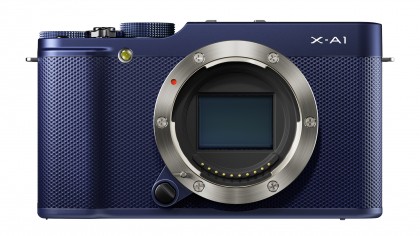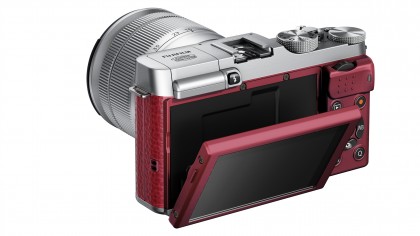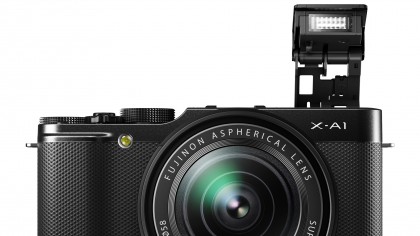Why you can trust TechRadar
Although it uses a more standard Bayer pattern sensor, instead of Fuji's unique X-Trans device, the X-A1 still produces very nice images. As we'd expect, however, it can't resolve quite as much detail as the X-M1 in our laboratory conditions. In the real world, though, the level of detail looks to be the same.
Comparing images at 100% reveals a clear benefit to shooting raw files rather than (or as well as) JPEG images. Even at low sensitivity settings the raw files have noticeably more detail and 'bite' at 100% than simultaneously captured JPEGs. They also look considerably more natural, as the strong edges in JPEGs look slightly bolder while the finer detail in-between looks softer.
Although JPEGs become increasingly soft as sensitivity rises, it is within acceptable boundaries. The results at ISO 6400 are impressive, with a fine stippled texture of luminance noise being visible at 100% on-screen, but there's no sign of coloured speckling. Generally speaking, they would make good A3 prints.

Interestingly, some may feel that the X-A1 produces nicer images than the X-M1 as there's slightly less luminance noise visible and in some cases the contrast is a little higher.
In most situations the X-A1's 256-zone metering system does a good job in its general-purpose Multi setting, but like many systems it struggles a little under bright overcast skies when it has a slight tendency to underexpose the foreground. This is easily addressed by using the exposure compensation facility.
It's also worth bearing in mind that the screen only simulates the image exposure once the shutter release has been half-pressed.

On the whole the Standard Film Simulation mode, which is equivalent to Fuji's Provia film emulsion, provides good colours in most situations, although lush grass can look a little too vivid. If you want something with a bit more zing, there's Velvia mode which boosts saturation and contrast.
Sign up for breaking news, reviews, opinion, top tech deals, and more.
As with most monochrome modes the X-A1's B&W Film Simulation mode can produce rather flat images, but these can be improved by pushing the Highlight and Shadow Tone controls to their maximum (+2 Hard) settings to increase contrast. However, it's possible to use this mode while shooting raw and JPEG files simultaneously, so you can have a black and white JPEG file as a guide while shooting and a raw file with the full colour information for converting at a later date.
We like some of the results that are possible when using the Advanced Filters, but were disappointed that there's no high contrast black and white option and that the filters can't be used when shooting raw and JPEG files.

We have no major complaints about the performance of the X-A1's automatic white balance system, as it produces natural looking images on a wide range of situations. However, when shooting indoors we found the best results were produced by creating a custom white balance setting. This takes just a few seconds and involves shooting a white (or neutral grey) target under the same light as the subject.
It may not be the fastest autofocusing system in the world, but we found that the X-A1 is capable of getting subjects sharp quickly in all but very low light or when the target's contrast is very low. As rule it works quickly and efficiently without much hunting when the Super EBC XC 16-50mm f/3.5-5.6 OIS kit lens is mounted. It's probably not the camera of choice for shooting fast moving subjects though.
The start-up time is acceptable with the camera being ready for action in under two seconds.
